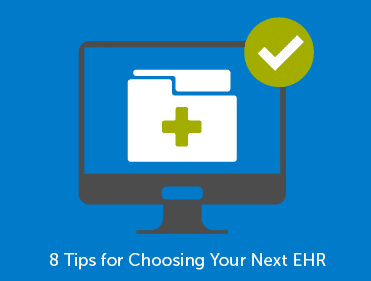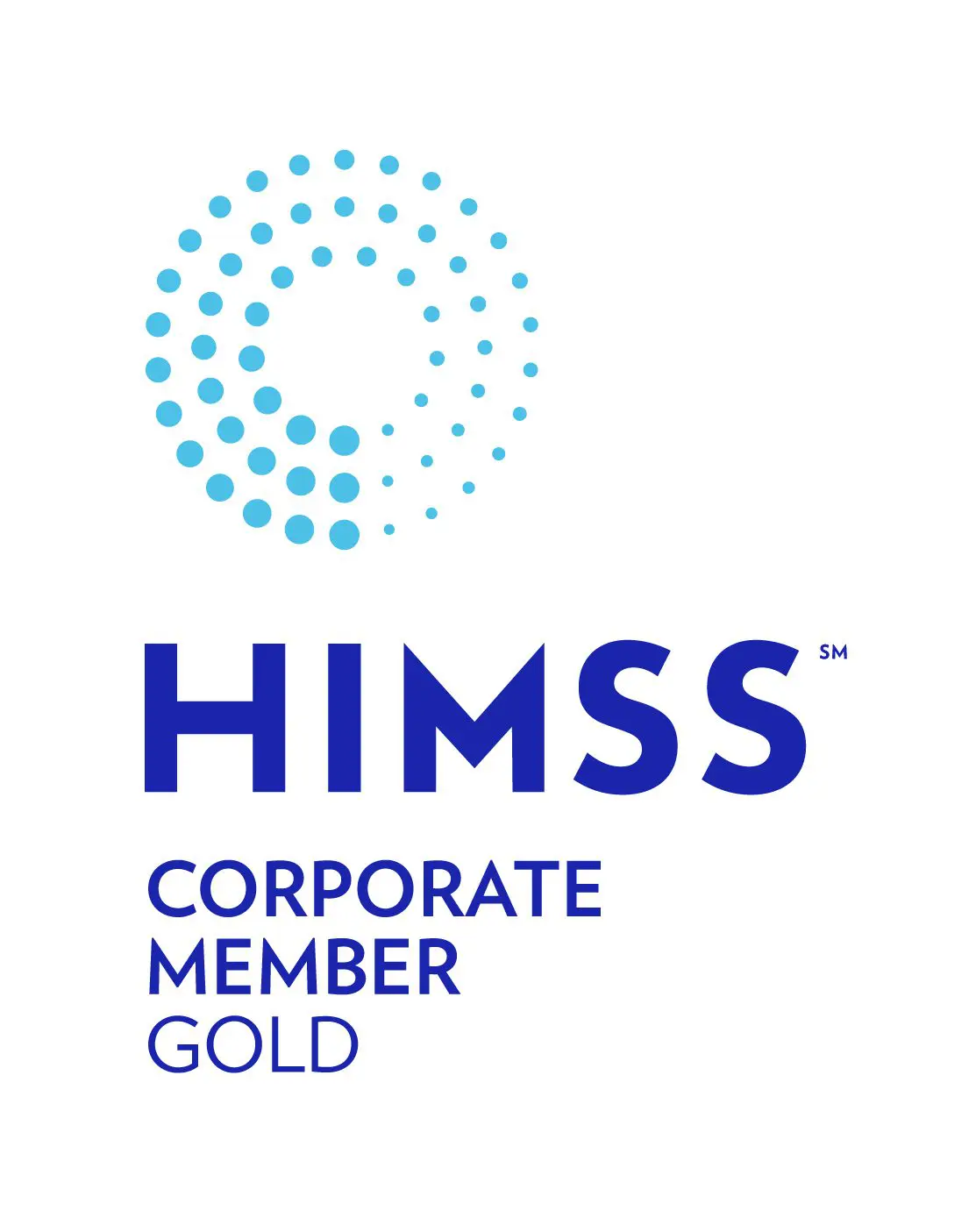
Healthcare data has a 24/7 job. This “job” often lasts for decades (or more) as record retention requirements can be lengthy.
The data priority for clinicians is immediate access to current and historical records for direct patient care. Meanwhile, billing, HIM, legal and other users, including patients, expect the data to be available and sharable to meet the 21st Century Cures Act requirements.
Finding the right EHR can be a job in itself.
A recent report found that many users want their EHRs to do more. While 30 percent were dissatisfied to neutral about their current system, the 70 percent who were satisfied reported their current EHR would not meet their future needs.
Today’s EHRs need to be equipped to do heavy lifting, sorting and data delivery to keep the organization running smoothly and complying with regulatory requirements. The term data agility is one to keep in mind. It represents the speed and flexibility needed to satisfy the data demands of the organization and is a core component of overall data health.
Choosing the right EHR for your organization’s unique needs is a process, but it doesn’t have to be a burden. Below are suggestions to help guide the decision of choosing or replacing an EHR with data agility as a priority.
Eight tips for choosing the right EHR.
An initial EHR shopping checklist should include a review of:
- Budget and features. There are many variables that will impact the overall cost of a new EHR. The software’s features and the size of the organization, hardware, network upgrades, data backups/storage, and cost per employee all affect the cost. It is recommended to review the features needed and also those that could be positive investments, such as improved communication tools (telehealth, messaging), online appointment scheduling, virtual registration, chatbots/social media to answer direct questions, etc.
- Licensing and maintenance. Compare apples to apples by creating a matrix to review the ongoing costs for a new EHR including licensing and maintenance.
- If you are implementing an onsite system, determine what hardware and security programs are required.
- Figure out what training and support is offered from the vendor.
- Determine which type of hosting makes sense for your organization. Most major EHR vendors offer a cloud-based option which means there is not a need to have servers or hardware onsite. Generally, cloud-hosted systems are lower cost and alleviate the cost of onsite IT maintenance and technical support.
- Additional fees. Read the fine print and know if there are other fees for certain add-on integrations, training, etc.
- Functionality/integration. Ensure the application meets your organization’s needs, especially with interoperability in mind. Health records are expected to be sharable between providers, patients, payers, and other users such as legal, HIM. System configuration is essential to ensure workflows will be enhanced with the new application.
- EHR certification. Look for an ONC certified product.
Smaller organizations can benefit from accessing an EHR from a larger organization.
Due to cost, community and critical access hospitals and ambulatory clinics may be limited in their ability to implement the most state-of-the-art EHRs. For those organizations, there are options to consider such as connecting through a larger healthcare enterprise with a smaller investment. Oracle Cerner’s Community WorksSM and Epic’s Community Connect are two of the largest and most comprehensive EHRs on the market that offer an extended instance of their applications to nearby medical facilities at a fraction of the cost of the smaller organization implementing the EHR on its own.
What are the benefits of a new EHR?
You can expect some of these benefits when a new EHR is a solid fit with the organization:
- Optimized workflows.
- Efficient, timely care for patients with up-to-date and complete information about patients available at the point of care.
- Improved care coordination and interoperability with labs, hospitals, and specialists.
- Regulatory compliance.
- Administrative efficiencies for billing, human resources, and other business functions.
- Reduced risk of medical errors.
- Reduced costs through decreased paperwork, reduced duplication of testing, etc.
- Potential to meet the Meaningful Use of certified electronic health technology (CEHRT), which qualifies for incentive payments through the Centers for Medicare & Medicaid Services EHR Incentive Programs and helps improve overall health care quality and patient outcomes.
What steps should I take to ensure data security when choosing an EHR?
Cybersecurity preparedness is top of mind for everyone in healthcare, especially those in data management. There is a strong priority to fully protect health data as well as integrate and share data within and outside the organization. This duality of protection and sharing creates challenges and a need for a security focus. Some key steps to consider to keep data secure when choosing a new EHR include:
- Look at the EHRs reviews and recommendations from other customers.
- Review the security-specific features in the new EHR. Look for systems that comply with the most up-to-date industry standards.
- Follow HITRUST CSF security framework across your entire health IT landscape.
- Ensure there is a plan so all data in transit is encrypted via NIST standards.
- Focus on HIPAA compliance.
- Look into the security features that will best serve your organization. This could include such things as partitioning of sensitive information through role-based security controls, audit logging/monitoring, data masking, third-party multi-factor authentication, strong password requirements and record access/amendment functionality.
- Choose a system that performs automated security and risk assessments.
What are the differences between practice management software and EHR?
Beyond clinical records, lab results and images housed in an EHR, there are other types of healthcare information stored. Medical practice management software bridges the gap between clinical documentation and everyday business records like insurance information, medical billing, and patient scheduling. Practice management software usually has some abilities to automate certain tasks like scheduling and billing and some additional features like processing claims and generating reports but does not contain much clinical information. It is important to have solutions that work together and provide integration benefits or utilize an all-in-one solution that provides both EHR and PM in one application.
What are the challenges of implementing or upgrading an EHR system?
Hurdles that may arise with a new EHR system can include the following:
Staff resistance. A lack of buy-in and support at the C-suite level can lead to a lack of funding and other resources needed. A lack of support from end users can affect morale and impact the implementation process and increase employee turnover. A survey found that 35 percent of healthcare employees are “likely to leave their organization if they are dissatisfied with EHR implementation or training.”
Data migration roadblocks. Having a well-planned data migration process is 100% necessary based on the importance of maintaining access to patient, financial and business records. With cost being a top concern, often it is not feasible to migrate all records to the new system. Many organizations choose to migrate the most recent one to two years of clinical information and then utilize an active archive solution for the rest of the data. This ensures ongoing access to the data, often includes a Single Sign-On from the new EHR, and is a more cost-effective option.
Technical. It is important to stick to the features and functionality that the organization needs. Try to avoid a system that doesn’t offer enough compatibility or technical alignment for security, backups or scalability that the organization needs.
Financial missteps. Setting a realistic budget is key. The budget must include all the components necessary to implement the new system.
What kind of long-term data governance is required for EHR management?
Over time, healthcare organizations tend to collect a stable of EHRs, either through the purchase of specialty systems or through mergers and acquisitions (M&A). Regardless of how the EHRs joined the organization, there can be a complicated web of solutions that are in varying states of use.
Managing EHRs and the data contained within them takes a strategic approach. This is a job for a Data Governance team. One smart strategy is to standardize and virtualize the legacy data throughout the organization and keep it secure and accessible for patients and clinicians in an active archive.
With a goal of “One Patient, One Record,” New York-Presbyterian replaced nine EMRs with Epic® as its go-forward system. This move displaced 200+ legacy data silos of clinical, financial, employee and business records from its growth through mergers and acquisitions.
Case Study: Watch this webinar to learn more about how New York-Presbyterian moved forward to effectively manage their EHR system replacement and legacy data through archiving.
What are legacy data management options when an EHR gets replaced?
Part of a successful EHR implementation includes a plan for the legacy systems and data already in use within the organization. Our team at Harmony Healthcare IT can support your team at every step of the planning through implementation process of legacy data management. This includes an inventory of legacy systems, documented information about each source system, and support to prioritize decommissioning.
Our suite of data management solutions supports healthcare delivery organizations of all sizes secure patient, employee, and business records during an EHR replacement or rationalization.
We are ready to help your team realize its data agility goals.
The first step is to connect.






